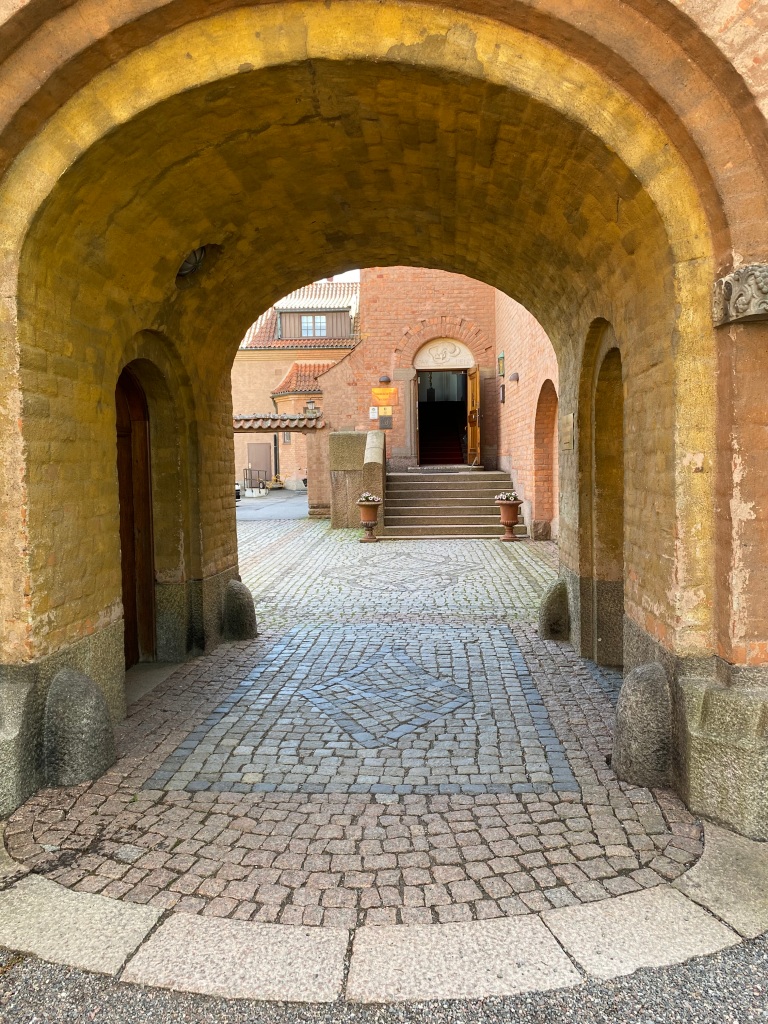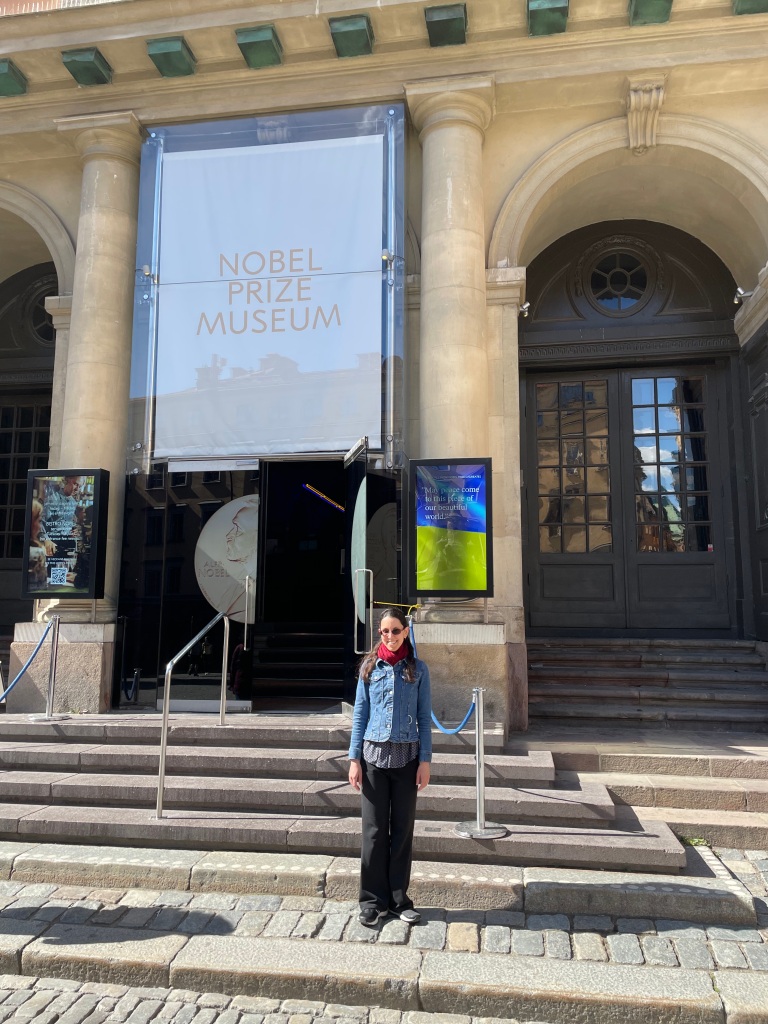We were seated in the open-air back of a boat, motoring around the Stockholm archipelago. The Swedish colors fluttered above our heads; the occasional speedboat zipped past, rocking us in its wake; and wildflowers dotted the bank on either side. Suddenly, a wood-trimmed boat glided by, and the captain waved from his perch.
The gesture surprised me. If I were in a vehicle of the sort most familiar to me—a car—I wouldn’t wave to other drivers. In a tram, I wouldn’t wave to passengers on a parallel track. Granted, trams and cars are closed, whereas boats can be open-air. But even as a pedestrian in a downtown crossing, I wouldn’t wave to everyone I passed. Yet, as boat after boat pulled alongside us, we received salutation after salutation.
The outing marked the midpoint of the Quantum Connections summer school. Physicists Frank Wilczek, Antti Niemi, and colleagues coordinate the school, which draws students and lecturers from across the globe. Although sponsored by Stockholm University, the school takes place at a century-old villa whose name I wish I could pronounce: Högberga Gård. The villa nestles atop a cliff on an island in the archipelago. We ventured off the island after a week of lectures.
Charlie Marcus lectured about materials formed from superconductors and semiconductors; John Martinis, about superconducting qubits; Jianwei Pan, about quantum advantages; and others, about symmetries, particle statistics, and more. Feeling like an ant among giants, I lectured about quantum thermodynamics. Two other lectures linked quantum physics with gravity—and in a way you might not expect. I appreciated the opportunity to reconnect with the lecturer: Igor Pikovski.
Igor doesn’t know it, but he’s one of the reasons why I joined the Harvard-Smithsonian Institute for Theoretical Atomic, Molecular, and Optical Physics (ITAMP) as an ITAMP Postdoctoral Fellow in 2018. He’d held the fellowship beginning a few years before, and he’d earned a reputation for kindness and consideration. Also, his research struck me as some of the most fulfilling that one could undertake.
If you’ve heard about the intersection of quantum physics and gravity, you’ve probably heard of approaches other than Igor’s. For instance, physicists are trying to construct a theory of quantum gravity, which would describe black holes and the universe’s origin. Such a “theory of everything” would reduce to Einstein’s general theory of relativity when applied to planets and would reduce to quantum theory when applied to atoms. In another example, physicists leverage quantum technologies to observe properties of gravity. Such technologies enabled the observatory LIGO to register gravitational waves—ripples in space-time.
Igor and his colleagues pursue a different goal: to observe phenomena whose explanations depend on quantum theory and on gravity.
In his lectures, Igor illustrated with an experiment first performed in 1975. The experiment relies on what happens if you jump: You gain energy associated with resisting the Earth’s gravitational pull—gravitational potential energy. A quantum object’s energy determines how the object’s quantum state changes in time. The experimentalists applied this fact to a beam of neutrons.
They put the beam in a superposition of two locations: closer to the Earth’s surface and farther away. The closer component changed in time in one way, and the farther component changed another way. After a while, the scientists recombined the components. The two interfered with each other similarly to the waves created by two raindrops falling near each other on a puddle. The interference evidenced gravity’s effect on the neutrons’ quantum state.
The experimentalists approximated gravity as dominated by the Earth alone. But other masses can influence the gravitational field noticeably. What if you put a mass in a superposition of different locations? What would happen to space-time?
Or imagine two quantum particles too far apart to interact with each other significantly. Could a gravitational field entangle the particles by carrying quantum correlations from one to the other?
Physicists including Igor ponder these questions…and then ponder how experimentalists could test their predictions. The more an object influences gravity, the more massive the object tends to be, and the more easily the object tends to decohere—to spill the quantum information that it holds into its surroundings.
The “gravity-quantum interface,” as Igor entitled his lectures, epitomizes what I hoped to study in college, as a high-school student entranced by physics, math, and philosophy. What’s more curious and puzzling than superpositions, entanglement, and space-time? What’s more fundamental than quantum theory and gravity? Little wonder that connecting them inspires wonder.
But we humans are suckers for connections. I appreciated the opportunity to reconnect with a colleague during the summer school. Boaters on the Stockholm archipelago waved to our cohort as they passed. And who knows—gravitational influences may even have rippled between the boats, entangling us a little.
With thanks to the summer-school organizers, including Pouya Peighami and Elizabeth Yang, for their invitation and hospitality.





